Divy Thakkar
Facilitating human-wildlife cohabitation through conflict prediction
Sep 22, 2021



Abstract:With increasing world population and expanded use of forests as cohabited regions, interactions and conflicts with wildlife are increasing, leading to large-scale loss of lives (animal and human) and livelihoods (economic). While community knowledge is valuable, forest officials and conservation organisations can greatly benefit from predictive analysis of human-wildlife conflict, leading to targeted interventions that can potentially help save lives and livelihoods. However, the problem of prediction is a complex socio-technical problem in the context of limited data in low-resource regions. Identifying the "right" features to make accurate predictions of conflicts at the required spatial granularity using a sparse conflict training dataset} is the key challenge that we address in this paper. Specifically, we do an illustrative case study on human-wildlife conflicts in the Bramhapuri Forest Division in Chandrapur, Maharashtra, India. Most existing work has considered human-wildlife conflicts in protected areas and to the best of our knowledge, this is the first effort at prediction of human-wildlife conflicts in unprotected areas and using those predictions for deploying interventions on the ground.
Selective Intervention Planning using Restless Multi-Armed Bandits to Improve Maternal and Child Health Outcomes
Apr 05, 2021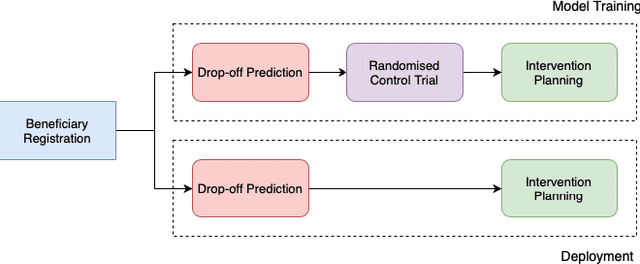
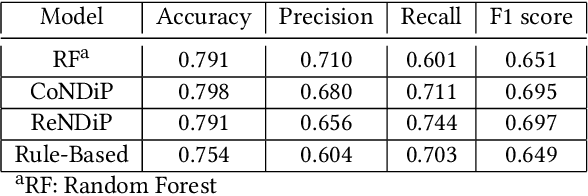
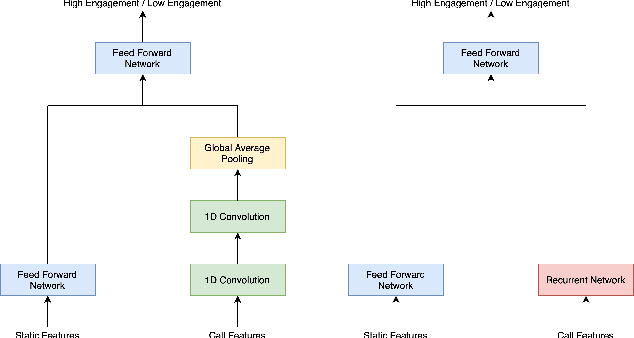
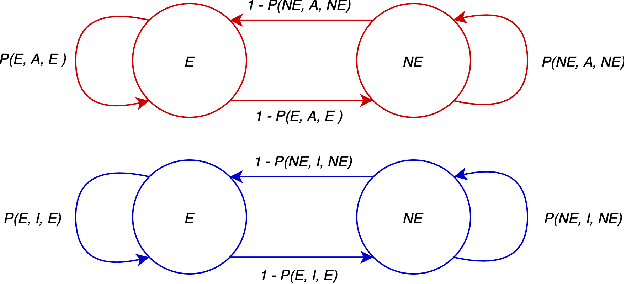
Abstract:India has a maternal mortality ratio of 113 and child mortality ratio of 2830 per 100,000 live births. Lack of access to preventive care information is a major contributing factor for these deaths, especially in low resource households. We partner with ARMMAN, a non-profit based in India employing a call-based information program to disseminate health-related information to pregnant women and women with recent child deliveries. We analyze call records of over 300,000 women registered in the program created by ARMMAN and try to identify women who might not engage with these call programs that are proven to result in positive health outcomes. We built machine learning based models to predict the long term engagement pattern from call logs and beneficiaries' demographic information, and discuss the applicability of this method in the real world through a pilot validation. Through a randomized controlled trial, we show that using our model's predictions to make interventions boosts engagement metrics by 61.37%. We then formulate the intervention planning problem as restless multi-armed bandits (RMABs), and present preliminary results using this approach.
Measuring Data Collection Quality for Community Healthcare
Nov 13, 2020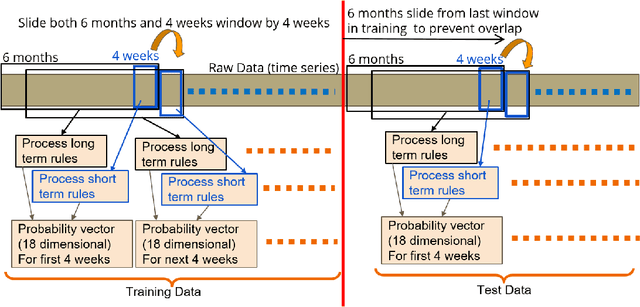
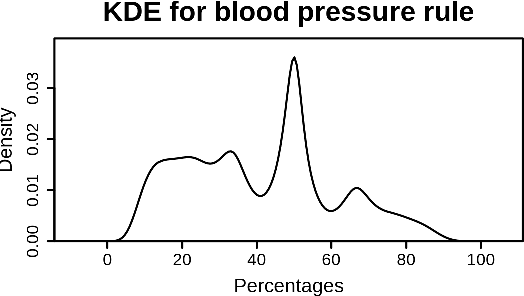
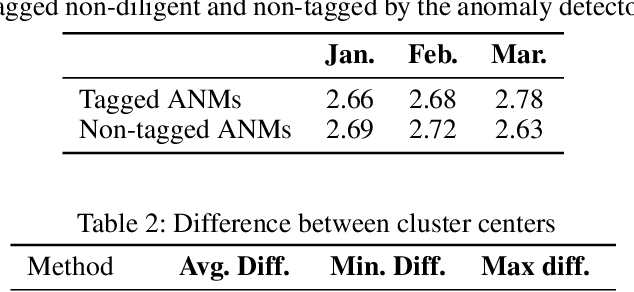
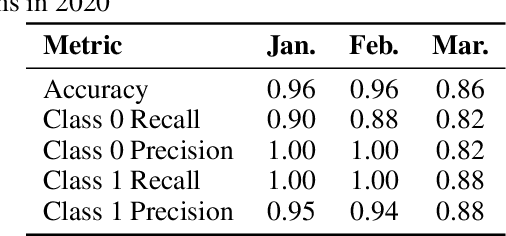
Abstract:Machine learning has tremendous potential to provide targeted interventions in low-resource communities, however the availability of high-quality public health data is a significant challenge. In this work, we partner with field experts at a non-governmental organization (NGO) in India to define and test a data collection quality score for each health worker who collects data. This challenging unlabeled data problem is handled by building upon domain-expert's guidance to design a useful data representation that is then clustered to infer a data quality score. We also provide a more interpretable version of the score. These scores already provide for a measurement of data collection quality; in addition, we also predict the quality for future time steps and find our results to be very accurate. Our work was successfully field tested and is in the final stages of deployment in Rajasthan, India.
Missed calls, Automated Calls and Health Support: Using AI to improve maternal health outcomes by increasing program engagement
Jul 06, 2020



Abstract:India accounts for 11% of maternal deaths globally where a woman dies in childbirth every fifteen minutes. Lack of access to preventive care information is a significant problem contributing to high maternal morbidity and mortality numbers, especially in low-income households. We work with ARMMAN, a non-profit based in India, to further the use of call-based information programs by early-on identifying women who might not engage on these programs that are proven to affect health parameters positively.We analyzed anonymized call-records of over 300,000 women registered in an awareness program created by ARMMAN that uses cellphone calls to regularly disseminate health related information. We built robust deep learning based models to predict short term and long term dropout risk from call logs and beneficiaries' demographic information. Our model performs 13% better than competitive baselines for short-term forecasting and 7% better for long term forecasting. We also discuss the applicability of this method in the real world through a pilot validation that uses our method to perform targeted interventions.
 Add to Chrome
Add to Chrome Add to Firefox
Add to Firefox Add to Edge
Add to Edge